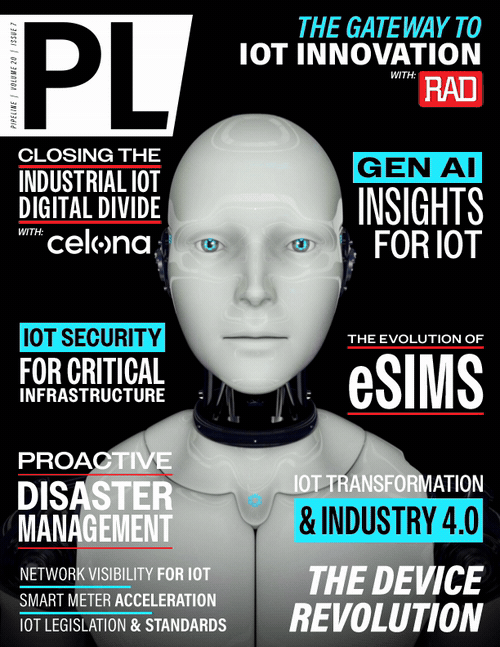Network Visibility Requirements for IoT -
and the Questions CSPs Need to Ask
CSPs need to ask: Can our steering of roaming solution enable us to steer traffic based on network, experience, segment, service awareness, and business model? Does
it have the intelligence to apply specific business restrictions, such as limiting the number of countries where one operator can offer IoT Narrowband services?
Do I have the Network Visibility to Know if the IoT Value Chain is Working Appropriately?
As enterprises and critical services increasingly adopt IoT-based solutions, granular KPIs will need to be collected and strict SLAs will need to be enforced. Assurance for IoT requires continuous monitoring of devices, connectivity, and platforms to enable CSPs to identify service performance issues and take proactive measures before services are impacted. Automation, AI, and ML are critical to collecting and processing large data sets in real-time to detect and monitor performance, identify anomalies, as well as detect fraudulent patterns for further investigation, validation, and remediation.
To assure the full IoT value chain, CSPs need real-time visibility into KPIs, such as connectivity reliability and performance, power-saving features, and platform connectivity. This requires IoT testing that ensures the necessary conditions to launch IoT applications are met. The testing solution must also enable the CSP to easily perform automated regression testing to ensure the IoT solutions are operating at the required quality and performance. Some of the questions that CSPs should be able to answer when testing their IoT network include:
- What is my IoT network availability?
- What is the APN connectivity and data session establishment latency?
- Is the application service accessibility and round-trip time within specification?
- What is the data transfer throughput?
- Are VoLTE and SMS services working as required for IoT applications that require them?
The low power consumption of IoT devices is a critical feature for the successful implementation of smart sensors. LPWAN technologies, such as NB-IoT, LTE-M, and 5G RedCap, have two essential power-saving features, Power Saving Mode (PSM) and Extended Discontinuous Reception (eDRX), that need to be optimized. To do so, CSPs need to perform testing that ensures that networks support and can negotiate the PSM and/or eDRX timers according to the different IoT application requirements and device capabilities. In addition, CSPs need to be able to verify the performance of data and SMS delivery during and after the devices have left power-saving mode. Test automation combined with real-time analytics is critical to managing the power-saving features of IoT and avoiding any cost overruns if device anomalies are not detected in real-time.
To ensure the success of an IoT service, application developers need to be able to test and monitor the performance of their IoT platform end-to-end. In addition to automating how their applications are monitored, developers should also have the capabilities to test the IoT platform’s availability and authentication and ensure data integrity transfers under different payloads.
Network visibility is critical to assuring the end-to-end IoT value chain. CSPs need to ask: “Do we have the automation and AI capabilities to expertly monitor KPIs, such as connectivity, power-saving features, and platform connectivity, and assure that our IoT services are meeting their performance requirements?
In the IoT era, gaps in network visibility can create huge headaches for CSPs. From the ability to monitor KPIs, meet SLAs, track performance issues, and take the proactive measures needed before services are impacted, CSPs need to make the investments required today to ensure they capture the full potential of IoT now and into the future. Purpose-built IoT enablement and assurance solutions that have a foundation of automation and AI/ML are needed to extract the deep network insights CSPs need to monetize IoT. Now is the time for CSPs to invest in these capabilities to ensure they capture the full opportunity.



















